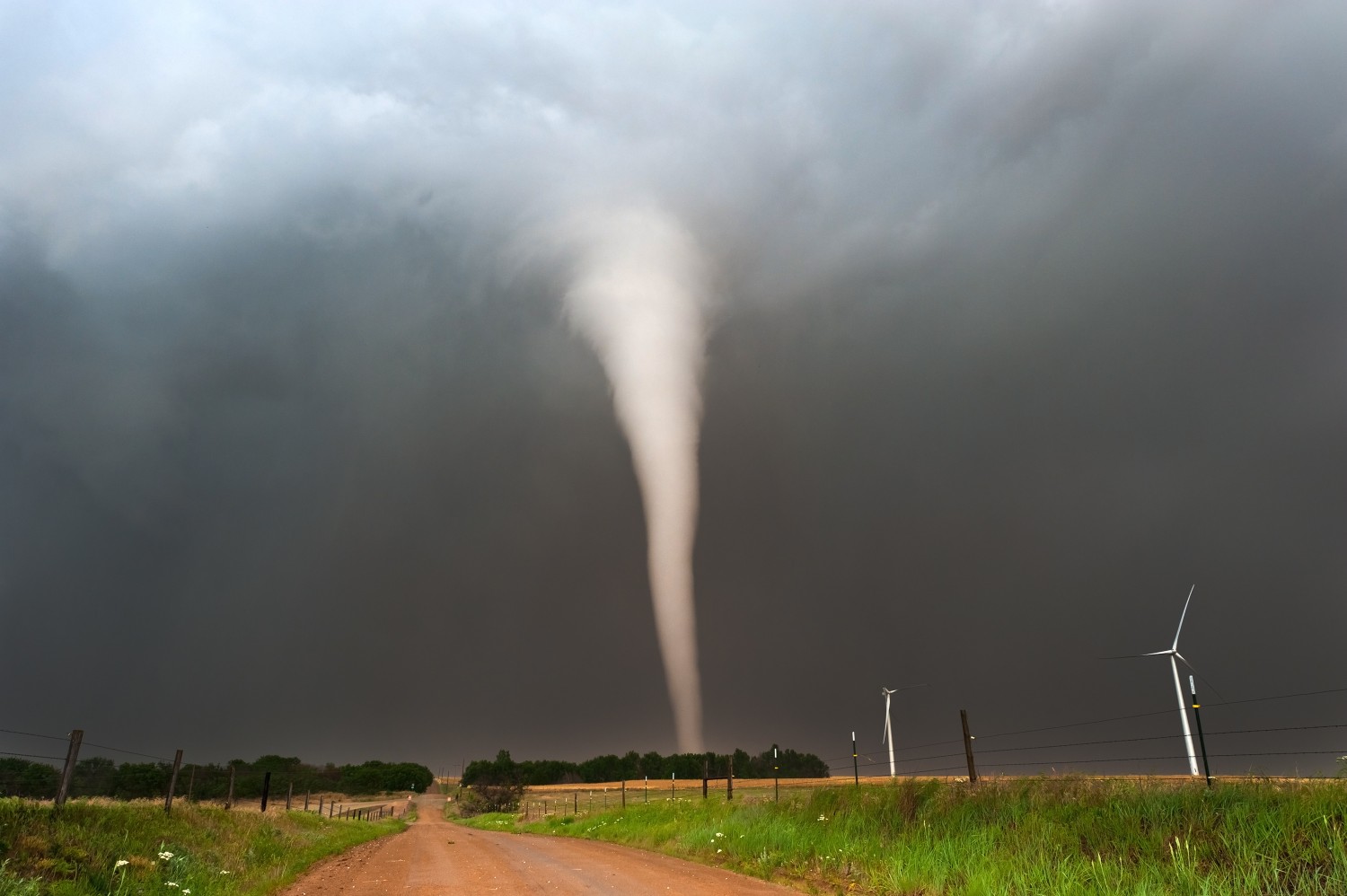
Heavy Rain, Flooding, and Chance of Severe Weather Staring Down the Southern U.S.
January 22, 2024
Posted: July 15, 2023 8:46 am





Tornado season is upon us. In order to best protect yourself from Mother Nature’s fury, you need to understand the truth about this weather phenomenon. Here are some of the most common myths about tornadoes debunked.
Tornadoes Only Hit During the Spring in the Midwest: Many people erroneously believe that tornadoes only happen in the spring and in certain areas of the country. The truth is that tornadoes can pop up at any time of the year and nearly anywhere.
While it is true that some times and locations are more susceptible to tornado outbreaks, the twisters are a risk during most severe weather events. Having an emergency preparedness plan with your family will ensure that you are always ready for the threat of severe weather.
You Can Hear a Tornado: Although it is possible to hear a tornado before it hits, this is not always the case. Furthermore, if you do hear it roaring toward you sounding like a freight train, it is likely that it is too close for you to seek shelter. The bottom line is that you should not wait until you hear a tornado to take action.
Cities Are Protected From Tornadoes: It is another misconception that large cities are protected from the wrath of a tornado. While it may seem like tornadoes only strike rural areas, this is simply because actual cities cover a very small percentage of total land mass. The tall buildings and structures of a city do not protect the area from the danger of a tornado.
You Should Open Your Windows During a Tornado: It was once recommended to open your house windows when under a tornado warning. The belief was that this would depressurize the structure and counteract the force of the tornado. It was later proved that opening windows made no difference. Instead of wasting your time opening windows, you should seek shelter immediately.
Sheltering in the Southwest Corner of a Basement is the Best Move: It was also once believed that sheltering in the southwest corner of a basement or room would provide you the most protection. The reality is that twisters can move in from any direction, negating the effect of staying in the southwest corner of the shelter. It is a better choice to choose the spot that is as far away as possible from windows and exterior walls.
Tornadoes Have a Visible Funnel: If you are like most people, you think of a dark funnel when you picture a tornado roaring across the ground. The truth is that some tornadoes can be hard to spot and do not always feature the visible distinctions of what you may picture to be a twister. Because of this, it is important to be alert and turn on weather notifications when severe weather is in your area.
Hiding Under Bridge Overpasses is Safe: Hollywood has glorified hiding under bridge overpasses if in your vehicle when there is the threat of a tornado. The reality is that sheltering under an overpass may actually put you more at risk. This is because the structure may not be sturdy and stable, putting you at a higher risk of being injured by flying debris. Instead of seeking out an overpass, it is a better idea to park your vehicle and take shelter in a structure. It is also important to never try to outdrive a tornado.
Water Breaks Up Tornadoes: Contrary to popular belief, the presence of water does not serve as a protection from tornadoes. Twisters are capable of crossing rivers, streams, and lakes without breaking up.
Twisters Target Mobile Home Parks: Although it is true that mobile home parks are particularly susceptible to damage from tornadoes, the twister itself is not inherently drawn to these areas. The increased risk of damage is simply because these structures are not as sturdy and secure.
Understanding the fallacies of these myths will help you to make informed decisions in the event of a tornado.

January 21, 2024

January 19, 2024

January 18, 2024